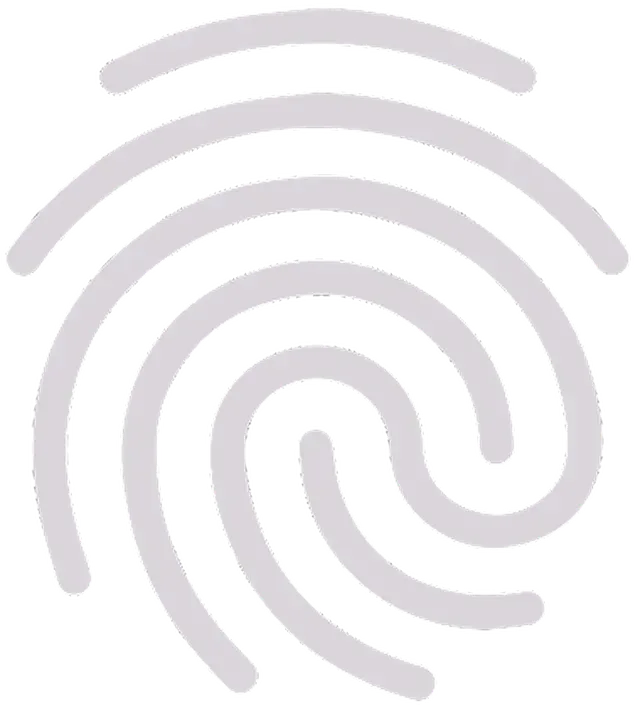Bipolar
Highest quality online therapy and psychiatry services in Manhattan as well as New York, New Jersey, Connecticut, Florida.
It’s estimated that nearly 6 million adults in the United States have bipolar disorder, which is a condition that alters mood and energy. The clinical team at Rappore, a telehealth-based mental health practice headquartered in Manhattan, New York, offers psychotherapy and psychiatry services to individuals living with bipolar disorder. Their licensed clinicians help patients in multiple states, including New York, New Jersey, Connecticut, Florida..
What is Bipolar Disorder?
Bipolar disorder causes fluctuations in mood, energy, activity levels, and the capacity to carry out day-to-day activities. These moods range from excessively "up," exhilarated, irritated, or energized (known as manic episodes) to extremely "down," sad, indifferent, or hopeless (known as depressive episodes).
The exact cause of bipolar disorder is not known, but we do know that both genetics and environmental factors each play a role. Sometimes a stressful event, a major life change, or drug use can trigger a manic or depressive episode. In addition, individuals with a family history of mood disorders, including depression or bipolar disorder, are at higher risk for developing bipolar disorder.
- Mania is when a person experiences a euphoric or elevated mood, impatience and irritability, as well as increased activity or energy every day for a period of at least one week, accompanied by inflated self-esteem or grandiose ideas, decreased need for sleep, racing thoughts, rapid speech, and often impulsive behavior involving sexual activity, spending money, or undertaking unrealistic plans. These symptoms are often severe enough to cause serious problems for the person, such as being fired from work, destroying friendships or relationships, or accruing massive credit card debt that the individual will never be able to repay. In some cases, the symptoms are so severe that hospitalization is required.
- Hypomania is characterized by the same symptoms as mania, but it is milder and can last just four days, and by definition, is not severe enough to cause significant problems for the person. Hypomanic episodes typically are enjoyable, energizing, productive, and often desirable, and thus most people in a hypomanic episode do not see any need for help. The main concern with hypomania is that it can progress to mania and then cause problems.
Knowing that someone has a history of mania or hypomania is important because it suggests that the individual has a condition on the bipolar spectrum:
- Bipolar I Disorder is defined by manic episodes (plus depressive episodes in most bipolar I disorder patients).
- Bipolar II Disorder is defined by hypomanic episodes plus depressive episodes.
What happens during an evaluation for Bipolar Disorder?
Rappore takes a patient-centered approach to care, building a treatment plan centered around you. You complete a personal assessment, the Rappore Mental Health Fingerprint®, which helps match you with a psychotherapist or psychiatrist that best meets your needs. At your initial evaluation, your clinician uses the information from the questionnaire to help create your personalized treatment plan. Knowing whether someone who is currently depressed has a history of mania or hypomania is important because it affects the choice of treatment (using a mood stabilizer instead of or in addition to an antidepressant).
What are the treatments for Bipolar Disorder?
People with bipolar disorder typically benefit most from a combination of psychopharmacology (medication management) and evidence-based psychotherapy, specifically cognitive behavioral therapy (CBT), interpersonal and social rhythm therapy (IPSRT), or dialectical based therapy (DBT).
No case is too complicated. Our team of licensed psychiatrists and therapists is dedicated to helping you find solutions to life’s challenges.

Anxiety
PMDD & Cyclical Mood Shifts
Pregnancy & Postpartum
Obsessive Compulsive Disorder (OCD)
Trauma & Post-Traumatic Stress (PTSD)
Depression
Bipolar
Attention Deficit Hyperactivity Disorder
(ADHD)
Eating Disorders
Women's Mental Health
Perimenopause & Menopause
College & Graduate Student Mental Health
LGBTQ+ Mental Health
Job Stress
Dating Challenges
Couples Issues
Parenting Issues
Borderline Personality